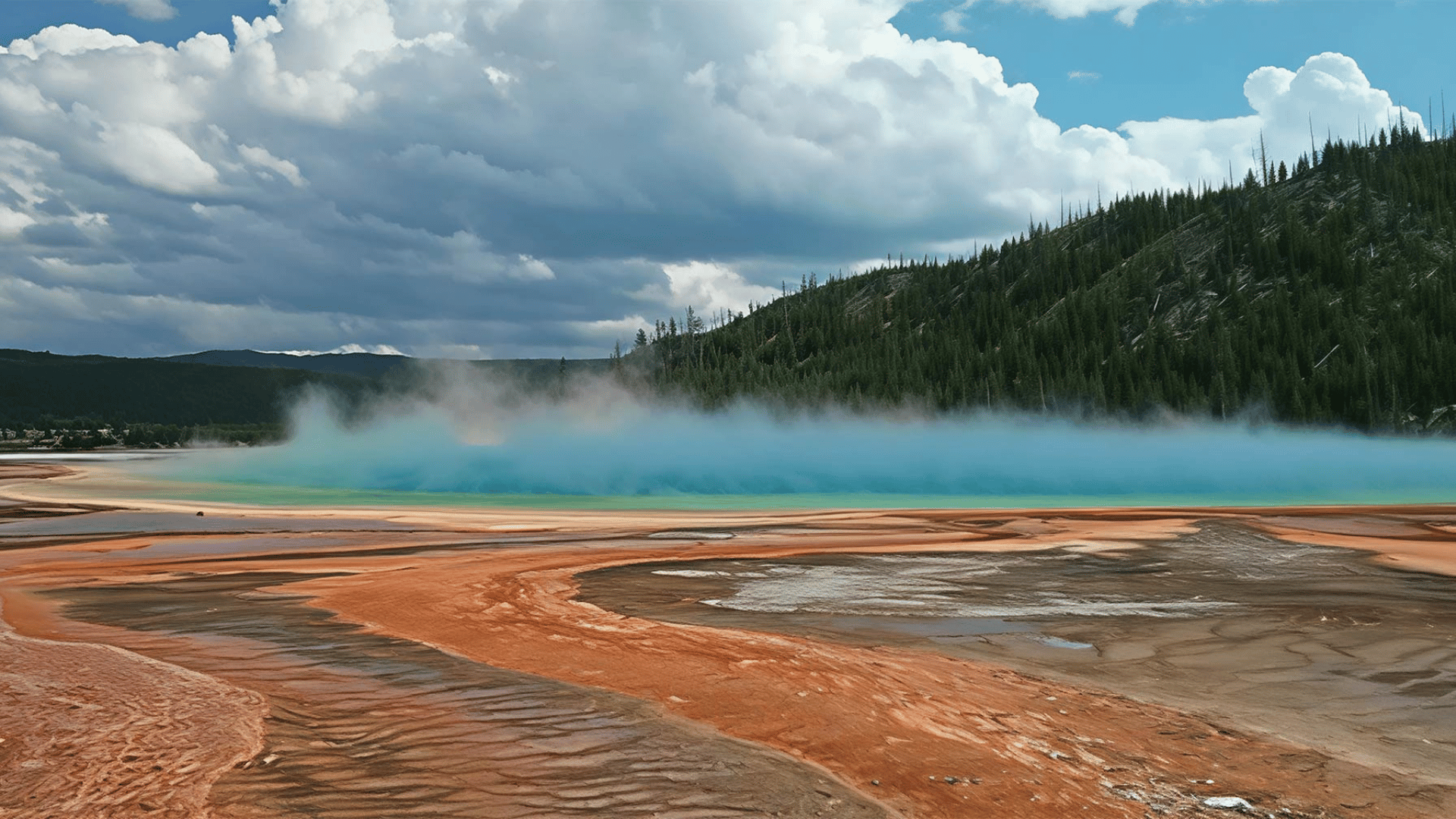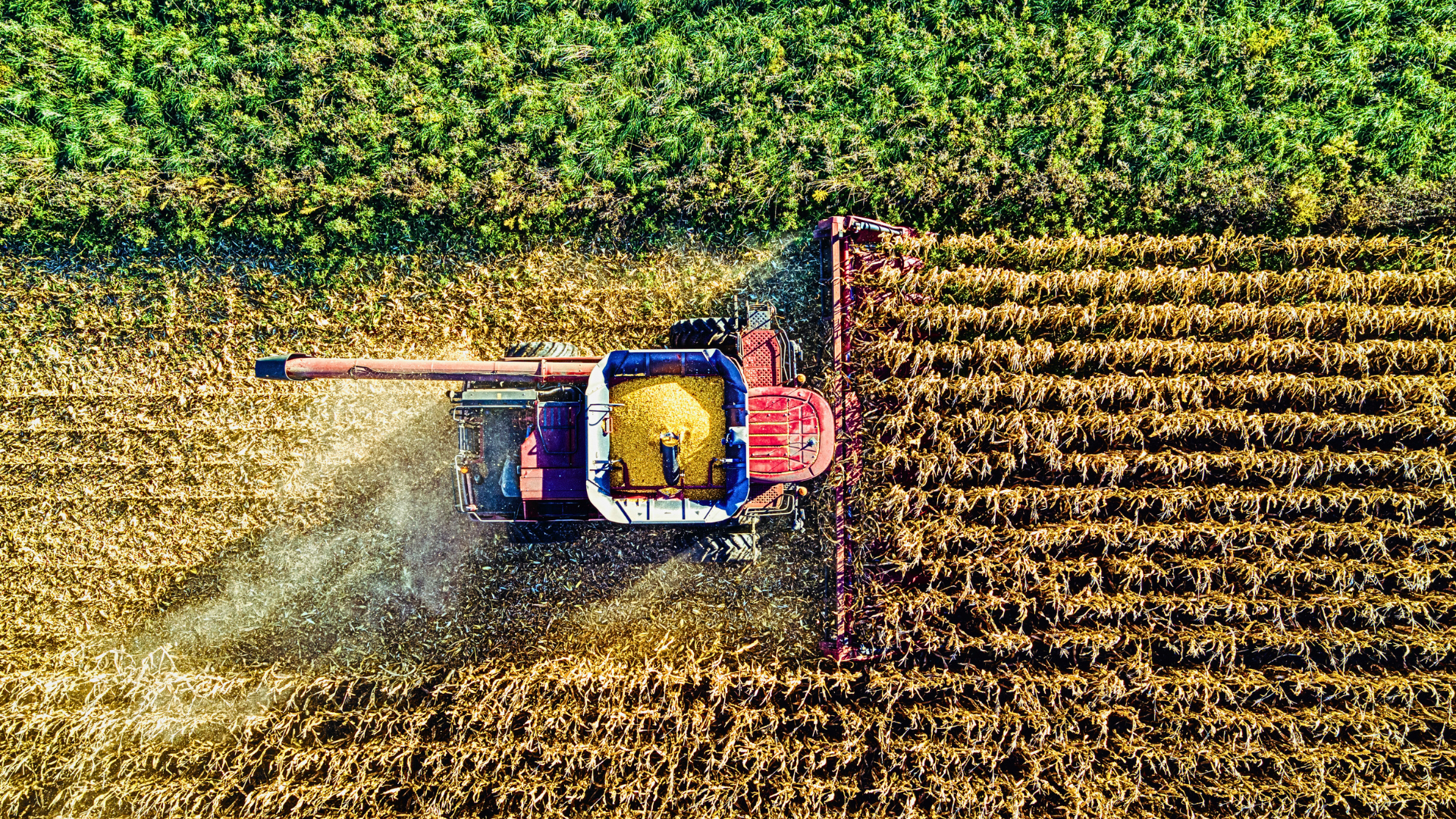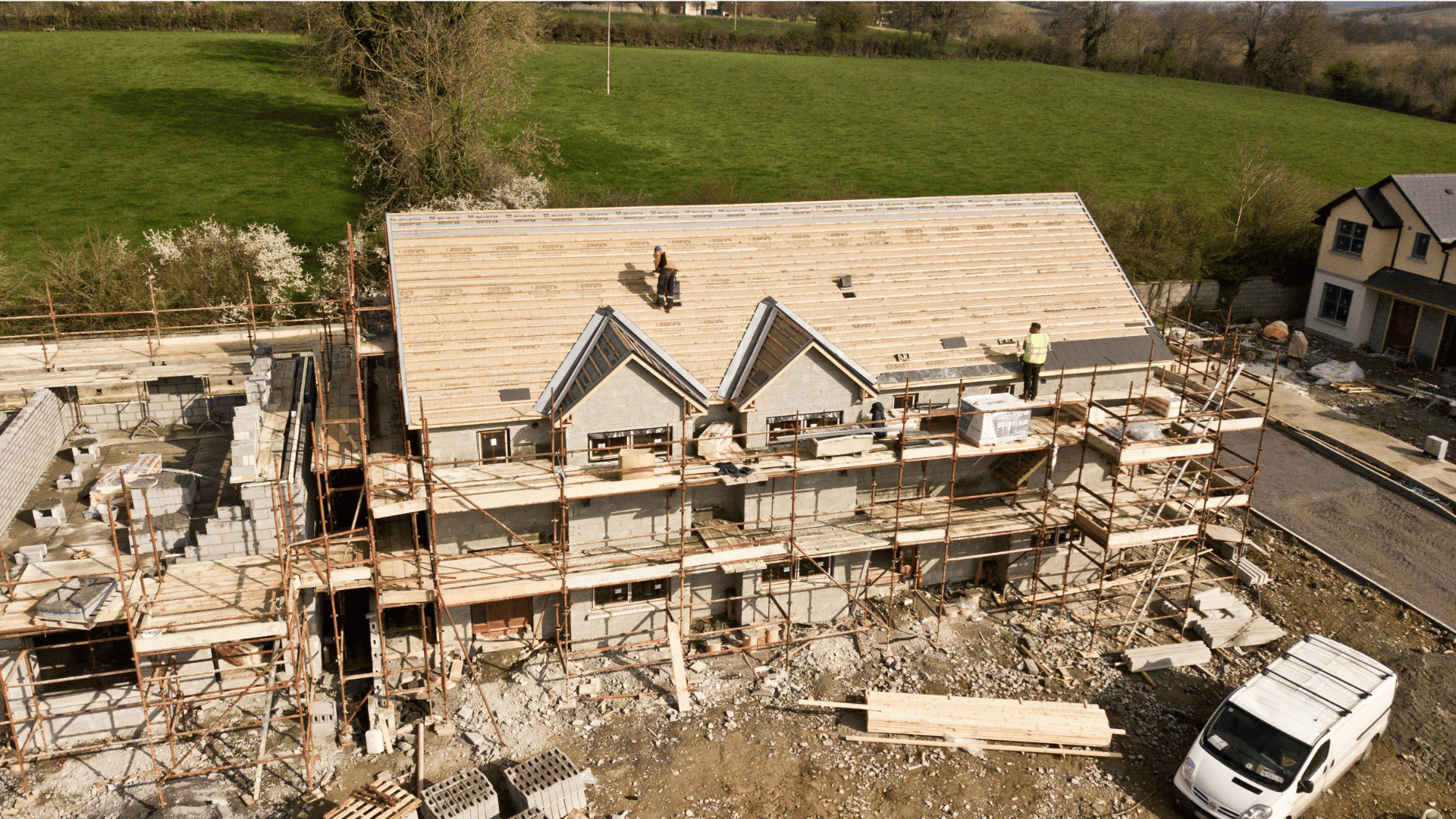The United States’ first national park is filled with geysers, hot springs, and stunning landscapes. Ancient volcanic power helped shape Yellowstone’s canvas. However, beneath the popular destination is one of the Earth’s most seismically active networks of volcanic activity. A new study used modern technology to revisit its historical data.
AI Machine Learning Uncovers Seismic Secrets Beneath Yellowstone

Yellowstone is familiar with seismic quakes. According to the National Park Service, the area experiences about 700-3,000 earthquakes annually. However, most of those are not felt.
Western University engineering professor Bing Li and researchers from the Universidad Industrial de Santander and the United States Geological Survey used machine learning to re-examine the historical earthquake data from the Yellowstone caldera. This data spans over 15 years from 2008 to 2022. According to the researchers, their innovative approach retroactively detected 10 times more seismic events than previously recorded.
Reports indicate the more detailed catalogue contains 86,276 earthquakes during that time frame. Unlocking this new information helped the team significantly advance its understanding of the area’s volcanic and seismic systems.
Researchers discovered that more than half of the recorded activity was groups of small, interconnected earthquakes called earthquake swarms. These swarms spread and shift in a small area over a short time, different from typical afterchock sequences. Reports indicate that the swarms were found along “immature, rougher fault structures.
Before using machine learning, or molten-detecting machines, earthquakes were generally detected through trained experts. “If we had to do it old school with someone manually clicking through all this data looking for earthquakes, you couldn’t do it,” said Li. “It’s not scalable.”
The new process is reportedly more efficient, and the implications go beyond Yellowstone. Li said, “While Yellowstone and other volcanoes each have unique features, the hope is that these insights can be applied elsewhere.”
Scientists can better inform the public about potential risks by understanding the newly revealed seismic patterns, specifically earthquake swarms.







